Excavation of Zuihoden site (1974), Kansenden site (1981), and Zennoden site (1981 - 1983) was done upon reconstruction of the mausoleums, and the ashes of the three feudal lords were found in perfect condition along with a number of grave goods, such as armors and stationeries.
These items hold high values for history of Japanese culture for specific periods of use for each item can be studied precisely.
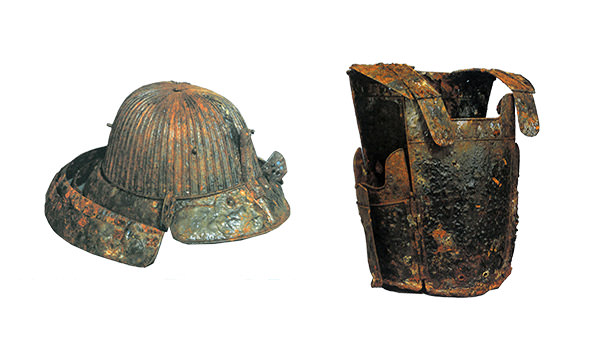
Kamakura Yukinoshita Style Five-layered Armor (Sendai Armor), the entire body of which is painted in black,
that was used by samurai warriors for actual battles.
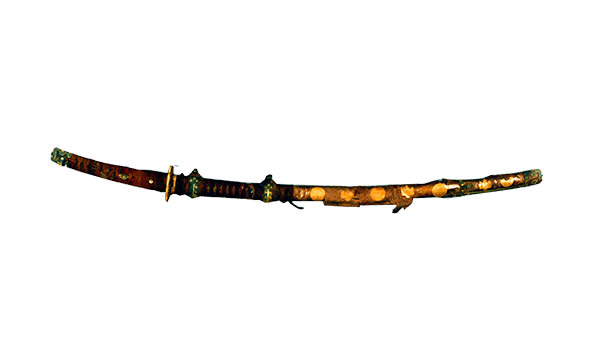
Type of sword with an aventurine lacquer decorated with Kiri and Aoi family crests.
Family crests are carved and painted on gold parts as well.
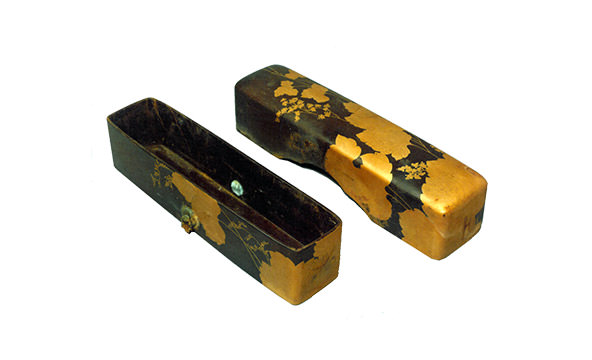
The box contained several brushes, India ink and paperweights.
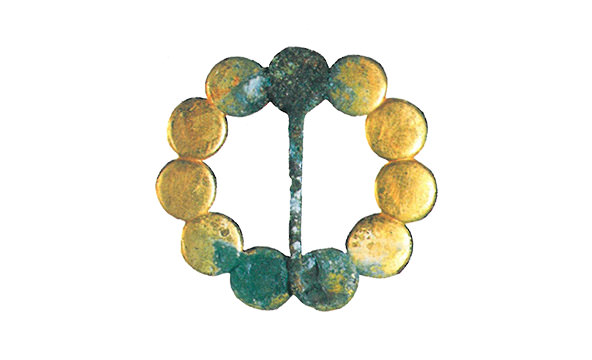
A golden brooch (rosary)
that was used as an accessary in Europe.
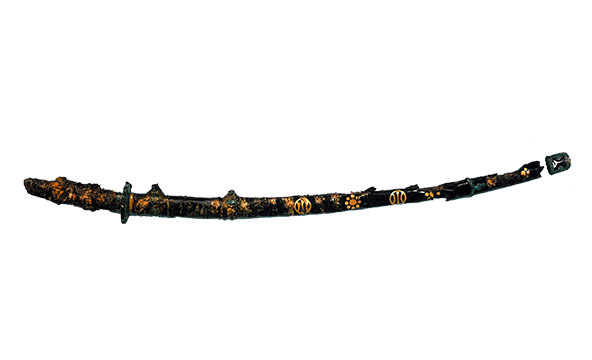
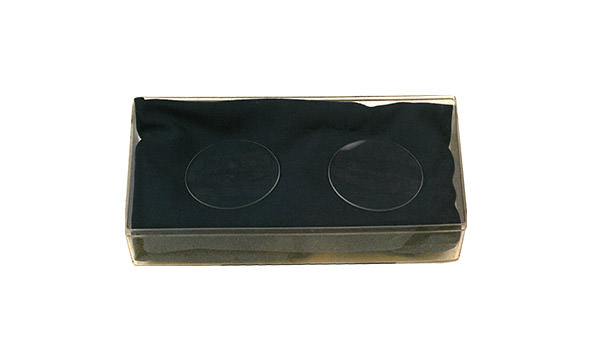
The lenses are made of crystal. Reading glasses (5cm in diameter).
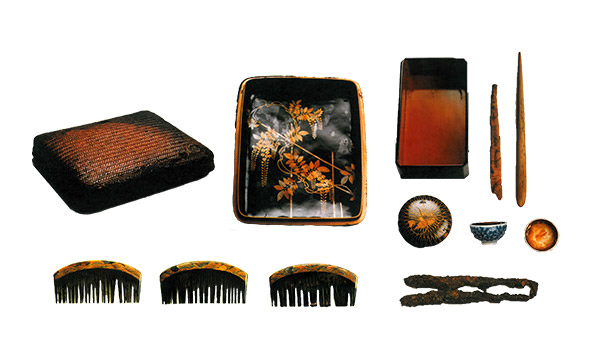
Small Box Inside: Fuji (wisteria) lacquerwork
Outside: Wickerwork
Contents: Lacquered small box, Hozuki lacquered box,
Imari-ware lipstick case, comb, etc
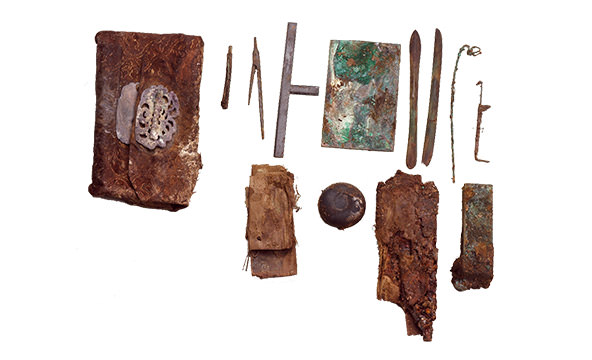
Purse: Silk gold thread case, motifs of flowers and jewelries on Tachiwaki patterns, silver ornamental metal fittings
Contents: Lacquerwork tools, ruler, portable mirror, incense, etc
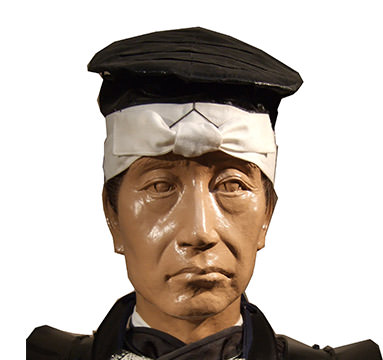
Height: 159.4cm Blood Type: B
Long-headed with the back of the head sticking out and a slightly-round forehead. The face is long and has a shapely nose that is commonly seen among nobles.
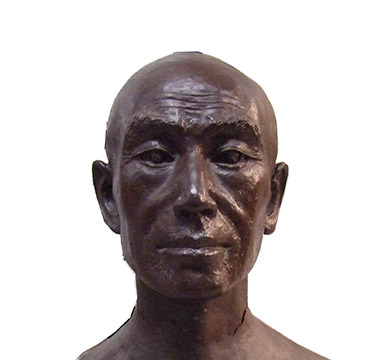
Long-headed with the back of the head sticking out and a slightly-round forehead. The face is long and has a shapely nose that is commonly seen among nobles.
Shorter head compared to Masamune with a rounder temporal region.
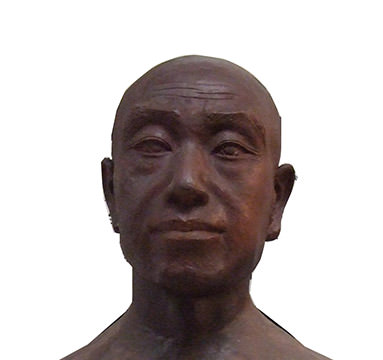
Height: 156.2cm Blood Type: A
Shares a lot of features with Tadamune. All three feudal lords have an upheaved nasal bone.